Brown sugar is the secret weapon in many outstanding desserts. This humble ingredient transforms ordinary treats into extraordinary delights with its molasses-rich flavor and moisture-adding properties. From cookies to cakes to sauces, brown sugar works magic that white sugar simply can’t match.
1. Deep, Caramel-Like Flavor
The molasses in brown sugar creates a flavor symphony that white sugar can’t compete with. Its toasty, complex notes add warmth and depth to everything from chocolate chip cookies to apple pies.
Professional bakers often substitute brown sugar in recipes specifically to achieve that signature caramelized taste that makes desserts feel homemade. The subtle butterscotch undertones complement chocolate, nuts, and fruits beautifully.
Even a partial substitution of white sugar with brown can dramatically improve flavor profiles in most baked goods. That rich, almost toffee-like essence is especially noticeable in simple recipes where sugar plays a starring role.
2. Moist and Tender Baked Goods
Unlike its drier white counterpart, brown sugar naturally attracts and holds moisture in baked treats. This hygroscopic quality means your cakes and muffins stay fresh longer instead of drying out after a day. Banana bread made with brown sugar maintains that perfect tender crumb even days after baking.
The moisture-retaining properties create that melt-in-your-mouth texture that makes desserts truly satisfying.
Many bakeries use brown sugar in their products specifically for this reason – customers get that just-baked softness even when treats aren’t fresh from the oven. For home bakers, this means less waste and longer-lasting desserts that maintain their quality.
3. Boosted Chewiness in Cookies
Ever wondered why some cookies have that perfect chewy center while others don’t? Brown sugar is often the answer! Its moisture content creates that sought-after texture that makes cookies irresistible.
The science is fascinating – brown sugar’s molasses content interferes with crystal formation during baking, resulting in cookies that bend rather than snap. This is why recipes for chewy chocolate chip cookies typically call for more brown sugar than white.
For cookie lovers who prefer a soft bite over crispness, brown sugar is the not-so-secret ingredient that delivers consistent results. Many classic cookie recipes rely heavily on it to achieve that perfect texture that keeps you coming back for more.
4. Enhanced Caramelization and Browning
Brown sugar kickstarts the caramelization process because it’s already partway there! The molasses compounds react more readily to heat, creating that gorgeous golden-brown color on crusts and tops.
A sprinkle of brown sugar on fruit before broiling creates a beautiful caramelized finish in half the time of white sugar. Crème brûlée topped with brown sugar develops a richer, more complex crust when torched. This enhanced browning isn’t just about looks – it translates directly to flavor.
The Maillard reaction (that magical browning process) creates hundreds of new flavor compounds that weren’t present before heating. That’s why browned desserts taste so much more complex and satisfying.
5. Perfect Balance for Spiced Treats
Brown sugar’s molasses notes naturally complement warm spices like cinnamon, nutmeg, and cloves. The rich undertones create harmony in spiced desserts where white sugar might clash. Gingerbread wouldn’t be the same without brown sugar softening the bite of ginger while enhancing its warmth.
In chai-spiced baked goods, brown sugar bridges the gap between spicy and sweet, creating a more cohesive flavor profile.
Fall and winter desserts particularly benefit from this balancing act. Brown sugar mellows the sharpness of spices without dulling their impact, allowing complex flavors to shine through. This is why the best pumpkin pies and spice cakes rely heavily on this ingredient.
6. Fruit Dessert Flavor Enhancer
Brown sugar has a remarkable ability to amplify the natural sweetness of fruits without overpowering their distinctive flavors. Apple crisps made with brown sugar taste more apple-y than those made with white sugar.
The caramel notes in brown sugar particularly complement fruits with natural tartness. Peach cobblers, blueberry pies, and rhubarb compotes all benefit from this enhancement effect, creating a more balanced flavor profile.
Summer fruit desserts take on a deeper dimension when brown sugar is incorporated. Even tropical fruits like pineapple and mango develop more complex flavors when caramelized with brown sugar, creating that perfect sweet-tart balance that makes fruit desserts so satisfying.
7. Luscious Sauces and Glazes
Brown sugar transforms into silky, rich sauces that cling perfectly to desserts. The molasses compounds help create smooth, glossy textures that coat spoons and desserts beautifully. Butterscotch sauce made with brown sugar develops complex flavor notes that white sugar-based sauces simply can’t match.
For sticky toffee pudding, the brown sugar sauce is what makes the dessert truly memorable – creating that perfect combination of sweetness and depth. Glazes for bundt cakes and pastries benefit from brown sugar’s ability to create a shiny finish that sets beautifully.
The slight acidity in brown sugar helps these sauces and glazes achieve the perfect consistency while adding flavor complexity that keeps desserts from being one-dimensional.
8. Superior Crumb Topping Texture
Brown sugar creates magic in streusel and crumb toppings, forming perfectly textured crumbles that bake into crunchy, flavor-packed morsels. When mixed with butter and flour, it creates clusters with just the right amount of crispness and chew.
Coffee cakes topped with brown sugar streusel develop a wonderful contrast between the tender cake and the crunchy topping. The moisture in brown sugar helps the crumbles hold together in perfectly sized pieces rather than scattering into dust.
As it bakes, brown sugar streusel caramelizes slightly, creating pockets of toffee-like goodness throughout the topping. This is why brown sugar is the preferred choice for the classic crumb toppings on everything from muffins to Dutch apple pies.
9. Enriched Creamy Desserts
Brown sugar infuses creamy desserts with a buttery sweetness that white sugar can’t deliver. Butterscotch pudding gets its signature flavor primarily from the complex sweetness of brown sugar. Custards and ice creams made with brown sugar have a fuller flavor profile and often require less added flavoring.
The subtle caramel notes complement dairy perfectly, creating a more sophisticated taste experience. Even simple whipped cream takes on new dimensions when sweetened with brown sugar instead of white.
The molasses compounds add depth that transforms it from a mere topping into a notable component of the dessert. This enriching quality makes brown sugar a favorite for pastry chefs creating creamy, spoonable treats.
10. Better Rise in Baked Goods
The slight acidity in brown sugar’s molasses content creates a chemical reaction with baking soda that white sugar doesn’t. This reaction produces more carbon dioxide bubbles, helping cakes and quick breads rise more evenly.
Muffins made with brown sugar often have that perfect domed top that we all love. The acid-base reaction happens at just the right pace during baking to create an ideal rise before the structure sets. For cakes that need a delicate, even crumb, brown sugar provides both flavor and functional benefits.
The improved leavening reaction results in baked goods with consistent texture throughout, avoiding the dense spots that can happen with improper leavening. Many professional bakers rely on this property for reliable results.
11. Flavorful Syrups and Drizzles
Brown sugar dissolves into syrups with remarkable depth of flavor compared to plain simple syrup. Just two ingredients – brown sugar and water – create a versatile syrup that elevates pancakes, waffles, and dessert drinks.
The molasses content adds complexity that makes these syrups taste more sophisticated without additional flavorings. Many coffee shops use brown sugar syrup in specialty drinks because it adds richness without overwhelming other flavors.
Homemade brown sugar syrup keeps well in the refrigerator, making it a practical option for home cooks. Drizzled over ice cream or fresh fruit, it adds instant caramel notes that transform simple desserts into special treats. This versatility makes it a staple in many dessert-lovers’ kitchens.
12. No-Bake Dessert Enhancer
Brown sugar adds dimension to treats that never see the inside of an oven. Its ready-to-eat flavor complexity means it doesn’t need heat to develop those caramel notes. Energy bites and protein balls gain depth from brown sugar that honey or other sweeteners can’t match.
The slight moisture also helps bind ingredients together for the perfect texture. No-bake cheesecakes and refrigerator pies benefit from brown sugar’s ability to dissolve smoothly while adding flavor.
Frostings whipped with brown sugar instead of confectioners’ sugar have a rich, almost butterscotch-like quality that transforms simple cakes. This makes brown sugar particularly valuable for summer desserts when turning on the oven isn’t appealing.
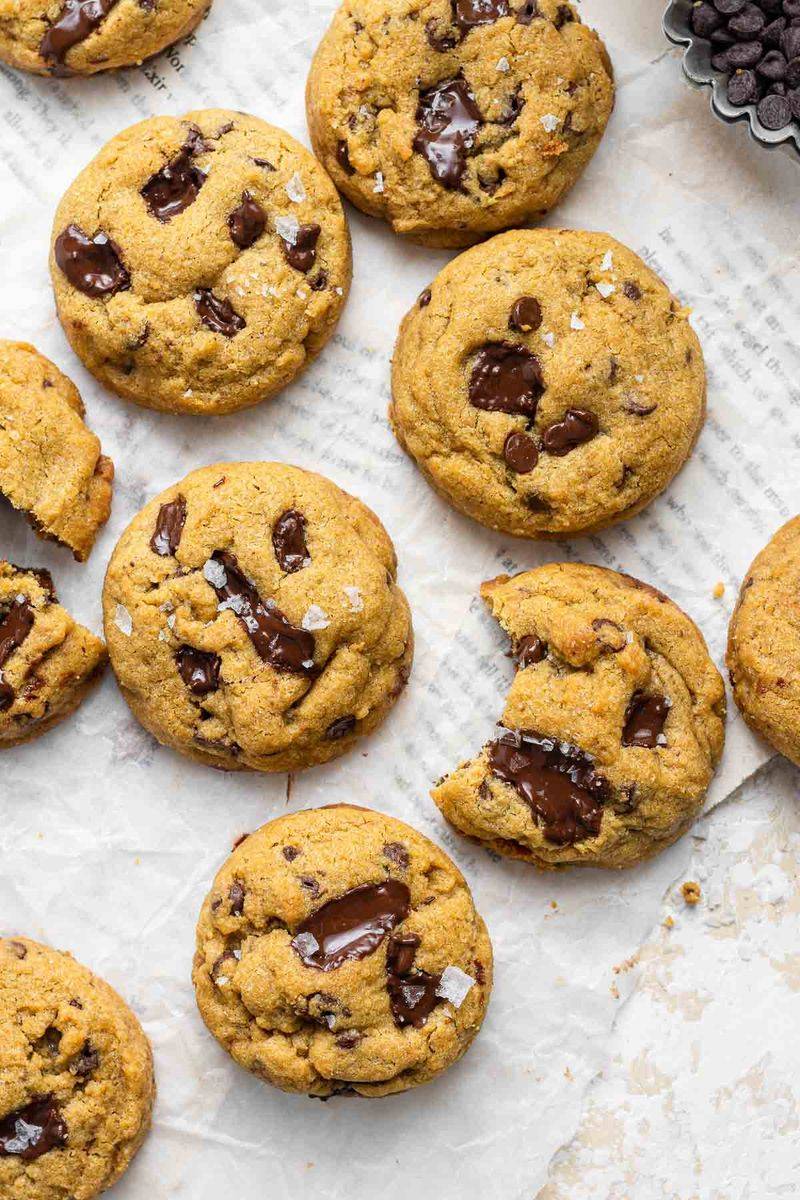
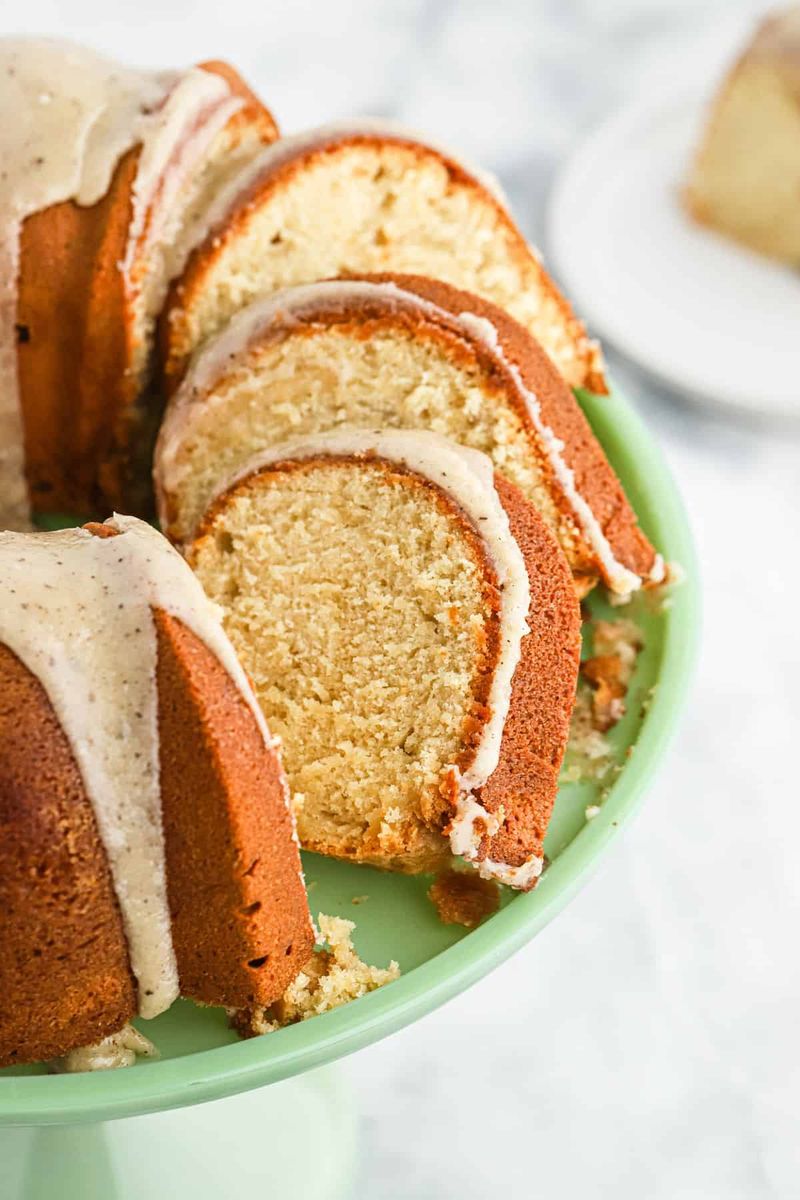
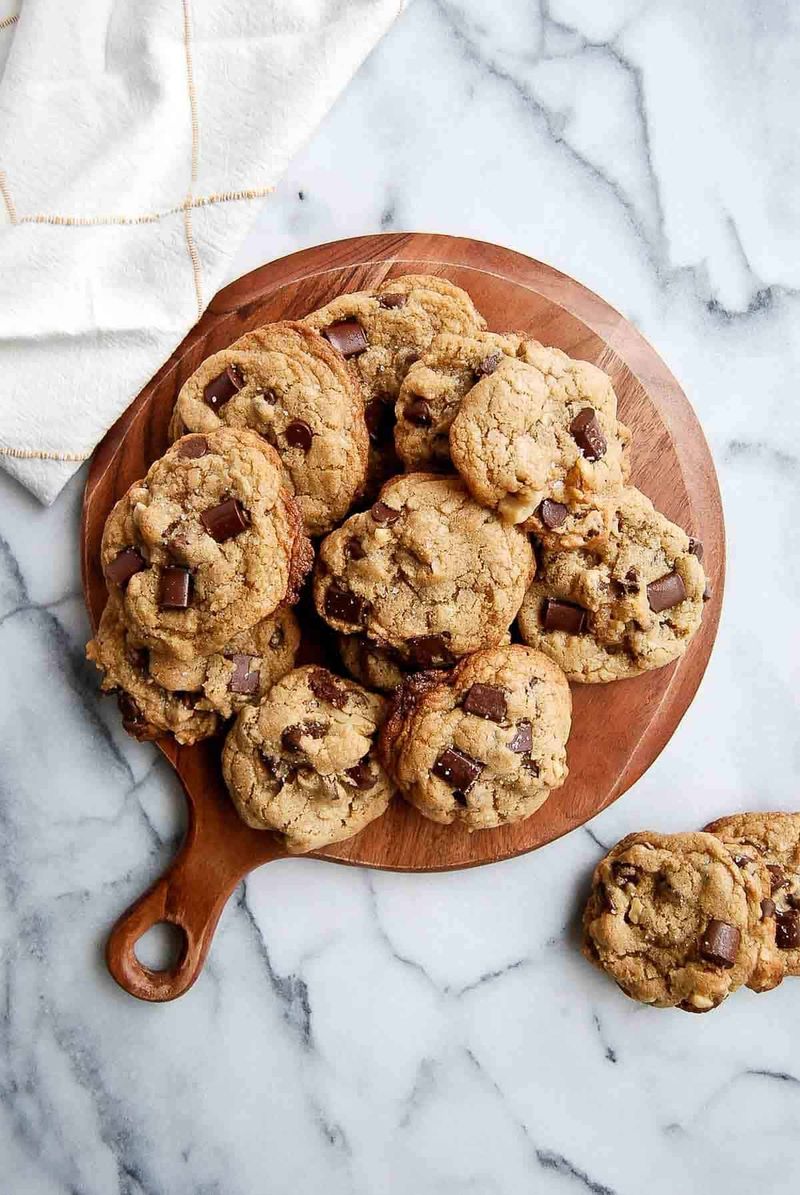
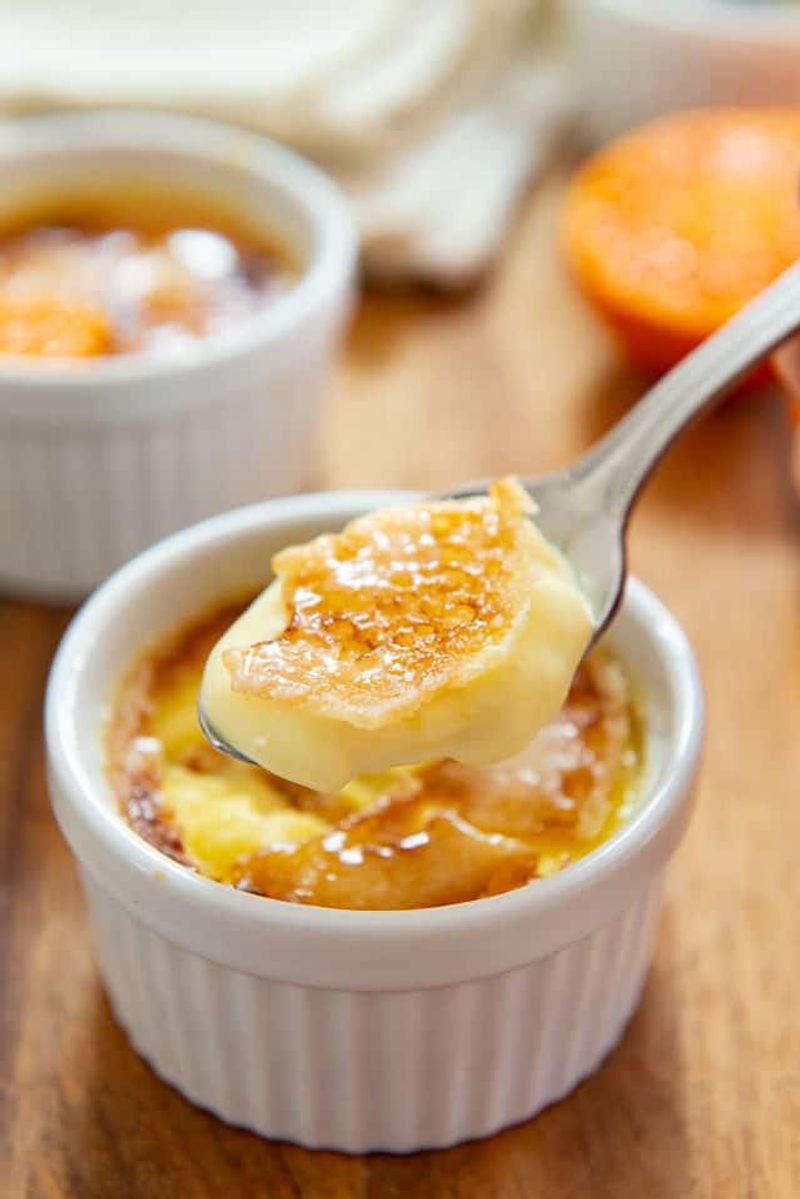
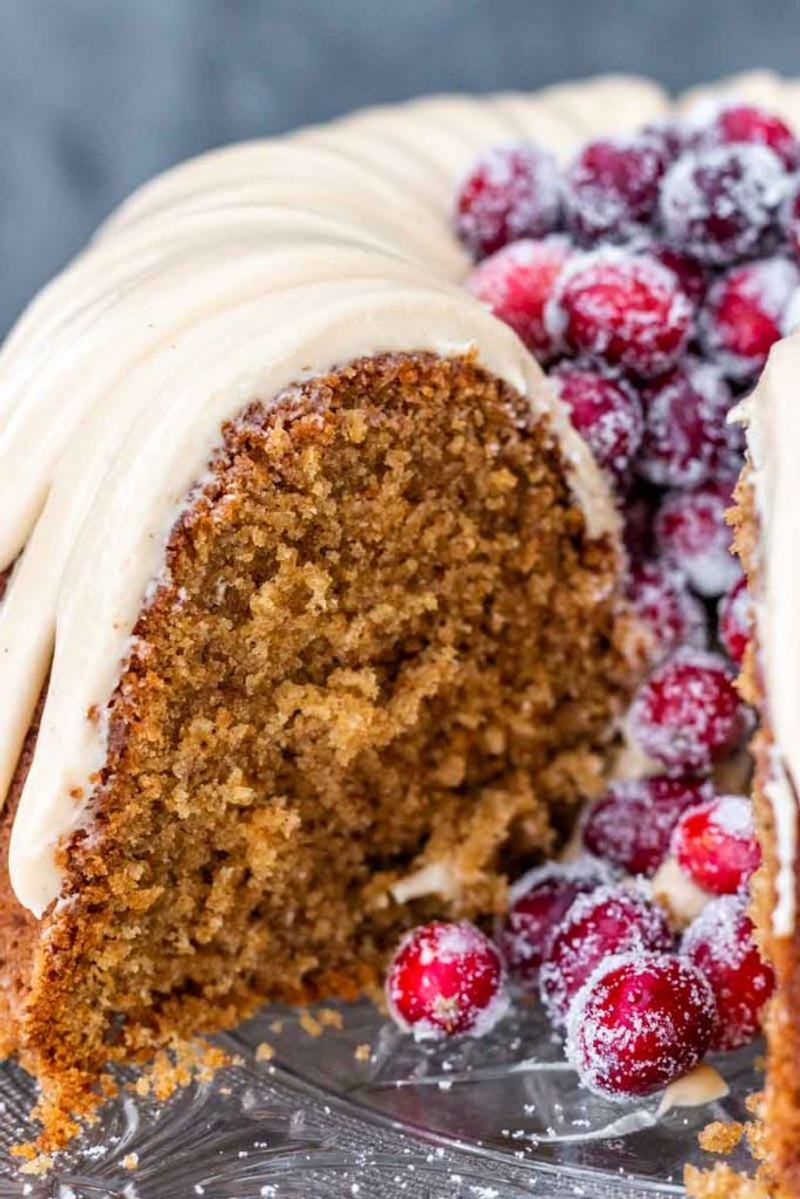
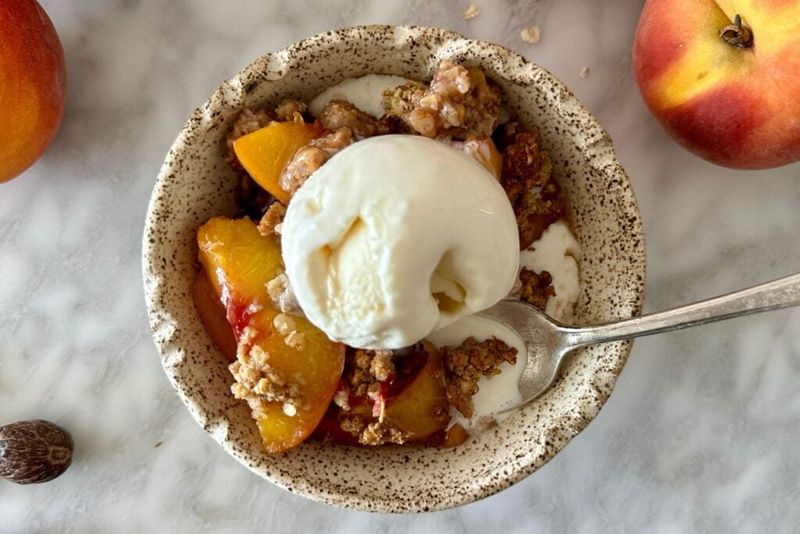
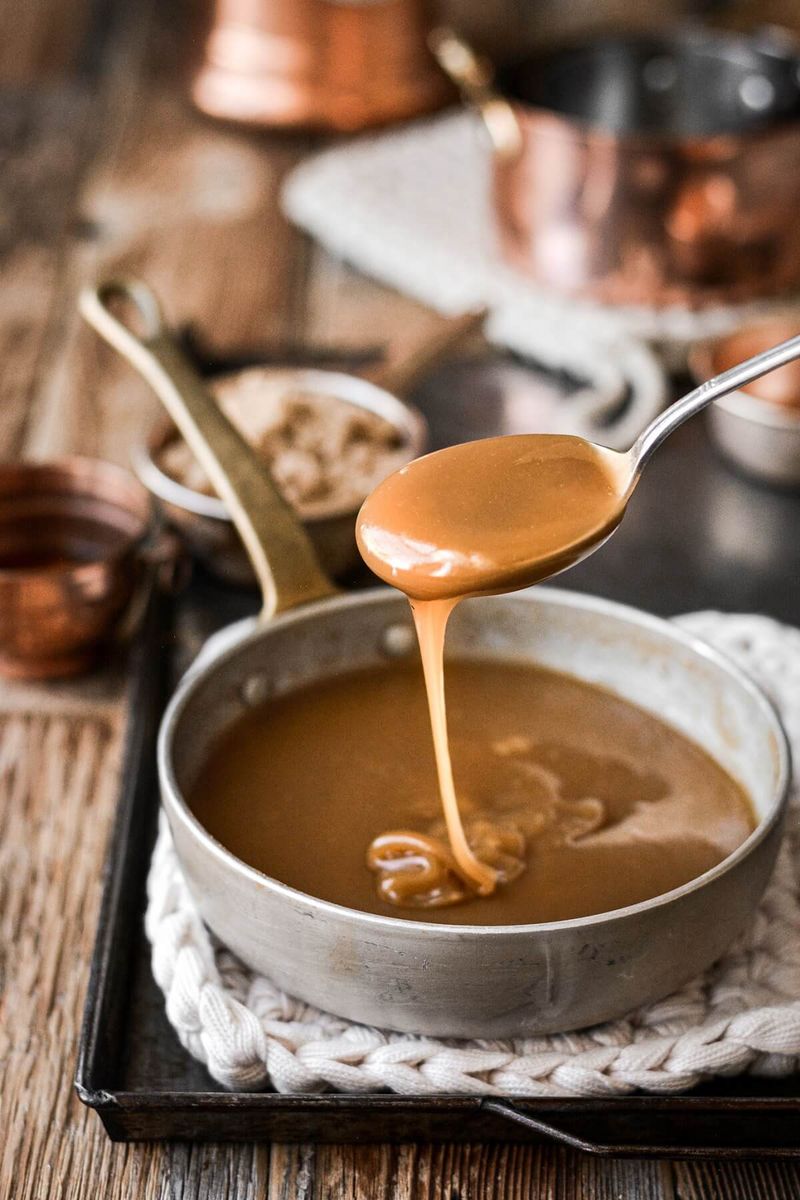
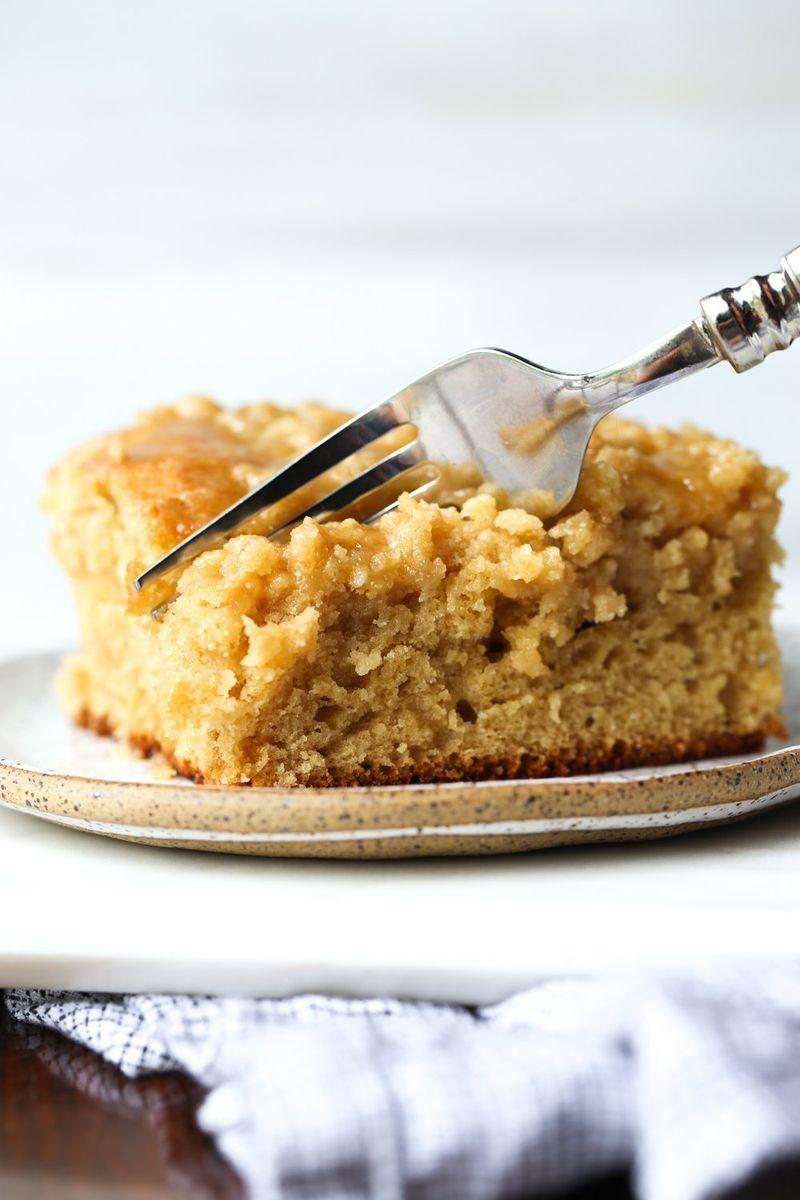
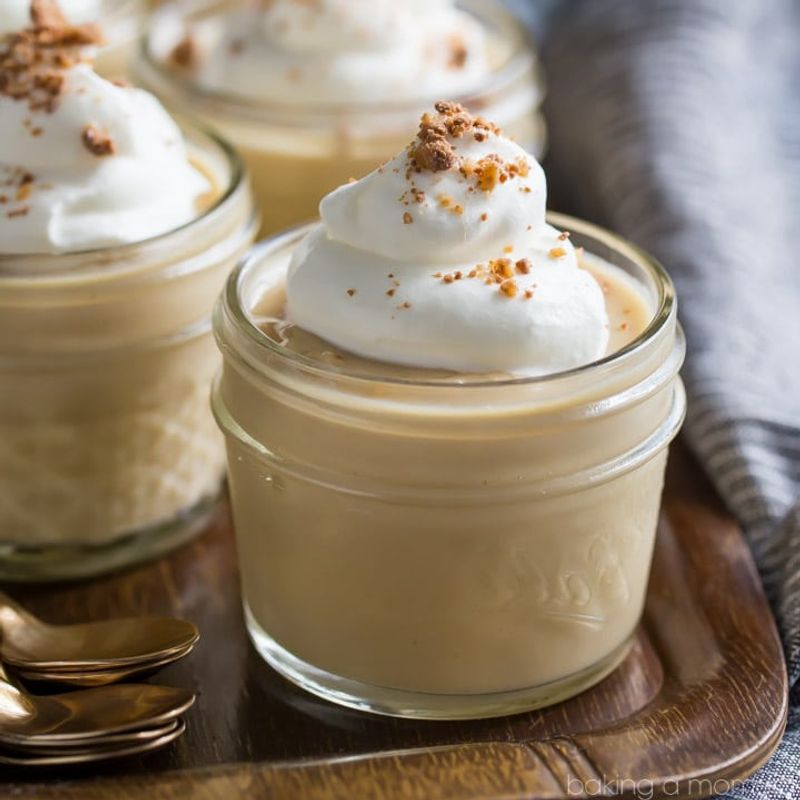
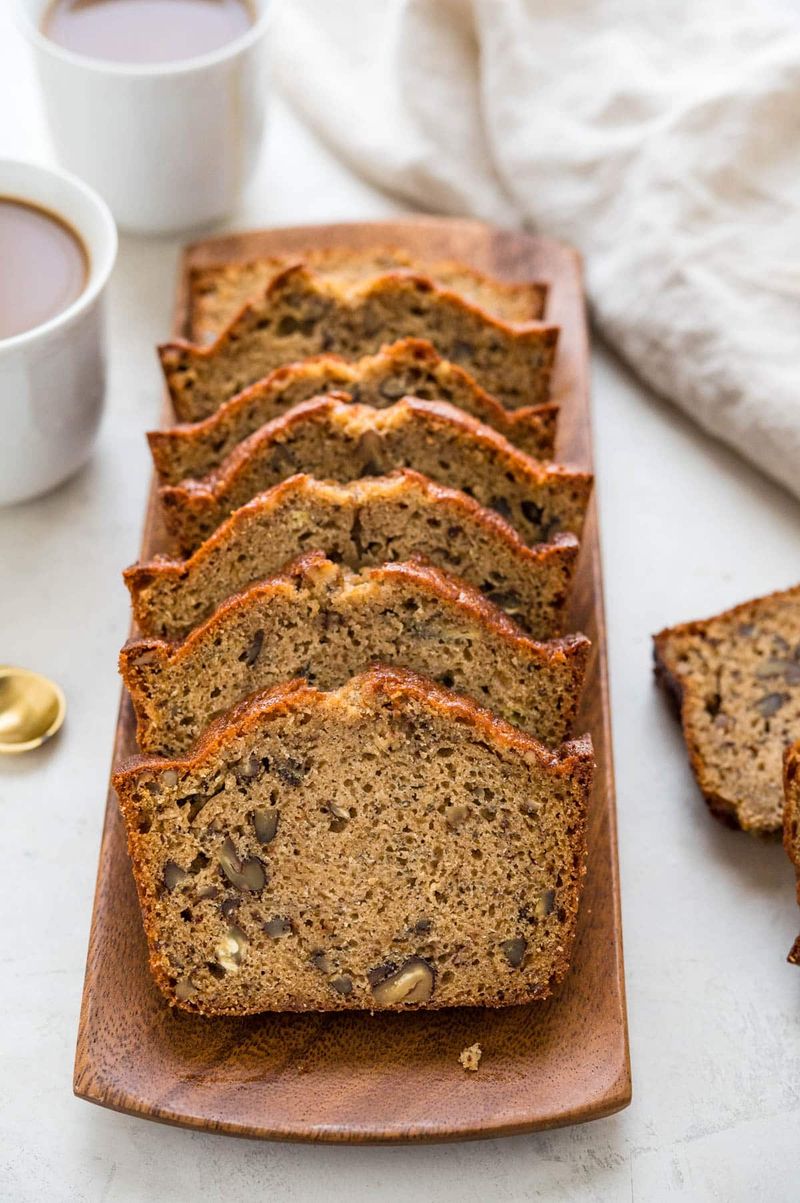
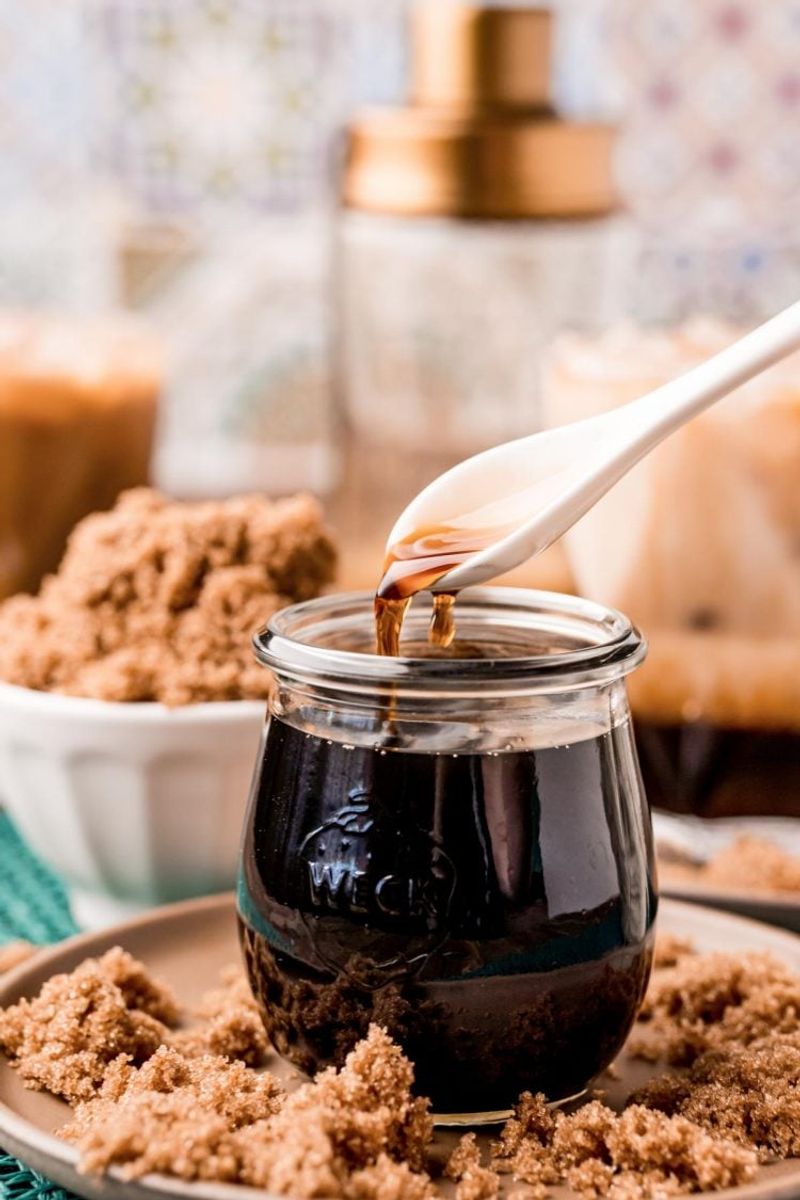
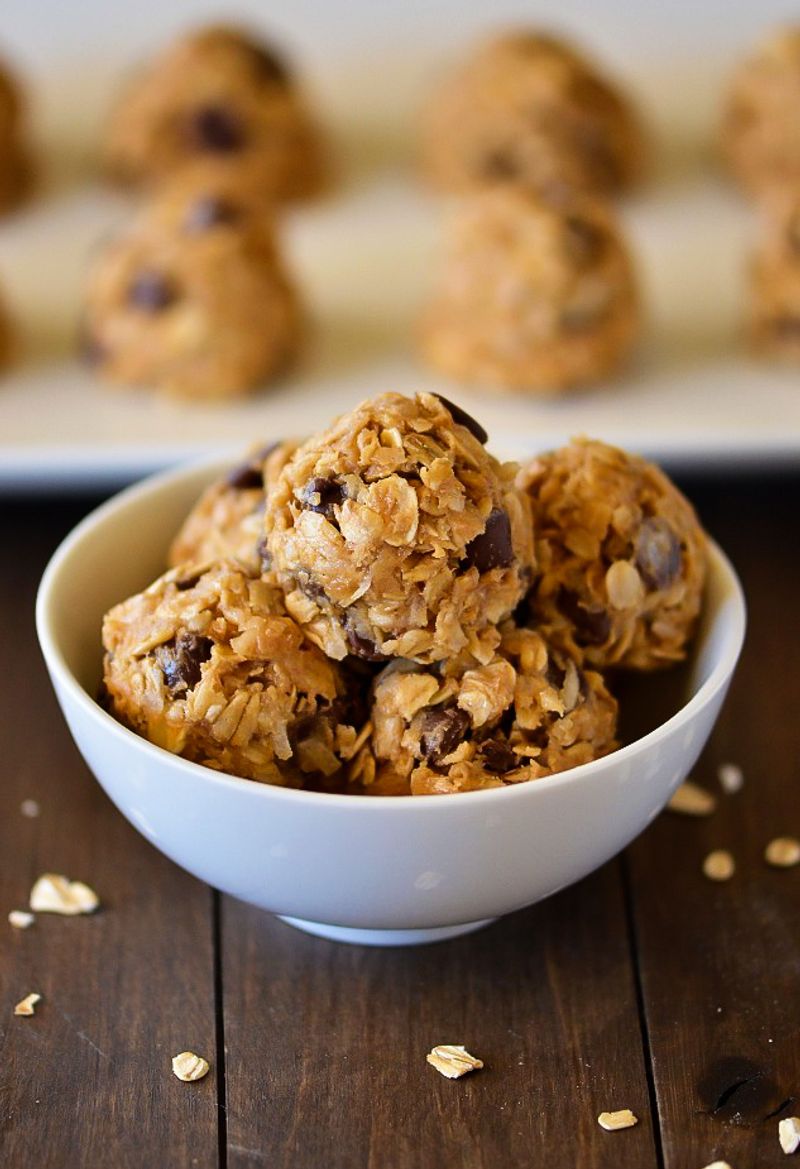
Leave a comment